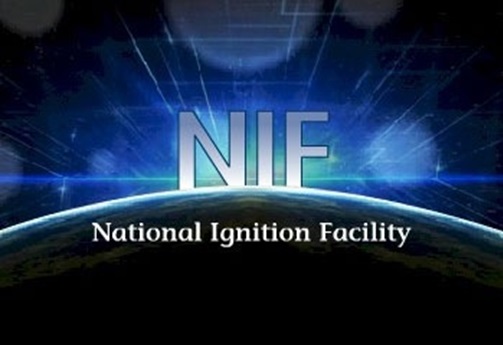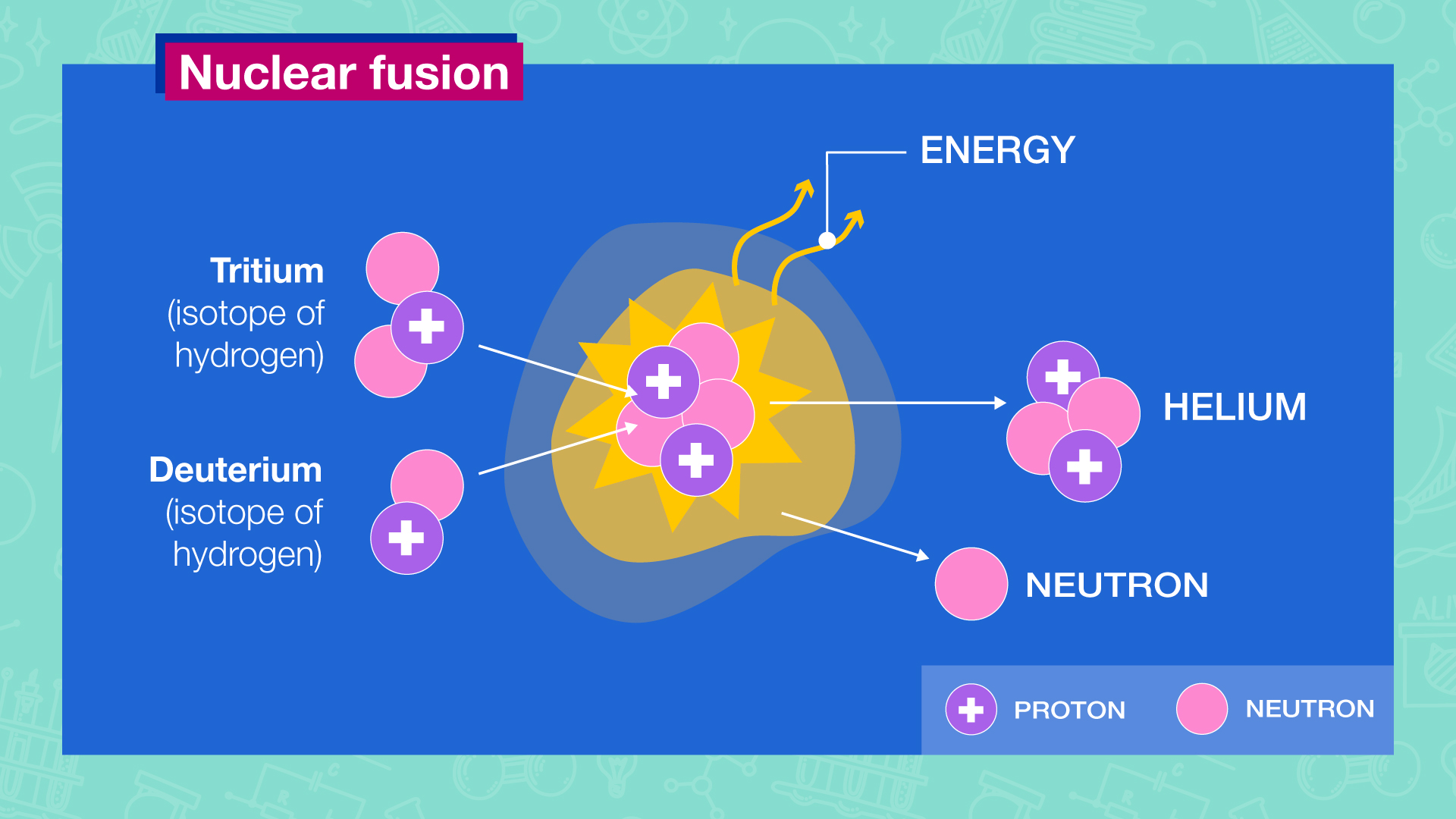Part 1 of 6 Parts
Sam Altman is the CEO of OpenAI. He has expressed confidence that we’ll unlock the power of the stars soon. Altman claimed in an interview with Bloomberg in January that ‘fusion’s gonna work’ in the next few years. He is publicizing Helion, a company where Altman is the chairman of the board and one of the main investors.
If Altman is right, it would herald the arrival of a new era. Commercial nuclear fusion holds the promise of clean, cheap, abundant, reliable energy. With no carbon emissions and no physical limitations on their location, fusion power plants could permanently transform the world. Fusion could power energy-hungry emerging technologies like generative AI, cryptocurrency mining, and even interplanetary travel. It could also turn the tide in the battle to curb climate change.
If Altman’s prediction sounds familiar, it’s because he has made similar ones before, and they haven’t come true. In 2022, he stated that Helion would ‘resolve all questions needed to design a mass-producible fusion generator’ by 2024. Helion itself announced in late 2021 that it would ‘demonstrate net electricity from fusion’ on by 2024. But 2024 came and went without any news of a breakthrough from the startup.
Such cycles of bold claims and deflating disappointments are part of a long tradition with respect to nuclear fusion. The promise of fusion power has been a dream for decades, pursued by scientists, governments, and corporations all over the world. There has also been a lengthy history of fusion failing to arrive when predicted. There’s even an old joke that fusion has been thirty years away for the past sixty years.
However, recent scientific breakthroughs have suggested that new approaches to fusion could work and a growing number of startups are claiming that they can commercialize the technology at a much faster pace than previous estimates. Helion’s promised timeline is aggressive even by the standards of the nascent fusion industry. At least six companies are promising to have fusion power connected to the grid roughly ten years from now, at competitive market rates.
Investors are taking notice of the current acceleration. The number of private fusion projects has tripled in the last ten years. The total investment in the industry in the past two years alone amounts to more than two billion dollars. A great deal of that money is coming from big names in Silicon Valley and beyond, including Peter Thiel’s Mithril Capital, Bill Gates’s Breakthrough Energy Ventures, Masayoshi Son’s Softbank, Kleiner Perkins chairman John Doerr, and Khosla Ventures.
The involvement of tech venture capitalist could mean that fusion’s time has come. It could also mean that the endorsement of prominent leaders like Altman is inflating a bubble of hype. After years of false starts, are these companies really on the verge of an epochal breakthrough? Or is fusion still thirty years away?
Nuclear fusion is very different from nuclear fission which is the kind of reaction that all existing commercial nuclear power plants use. In fission, a large unstable atomic nucleus (like uranium) splits apart and releases a large amount of energy. Fission happens naturally on Earth, without any human intervention. (There was even a natural fission ‘reactor’ that occurred by chance in Africa, one billion seven hundred million years ago, when enough uranium ore was pushed together by geologic forces to set off a chain reaction.)
Nuclear fusion
Please read Part 2 next







